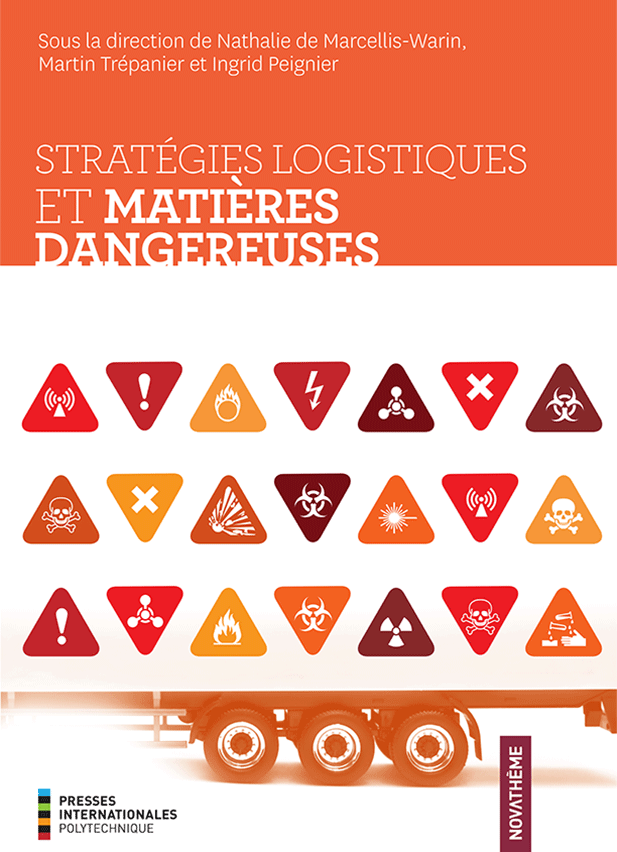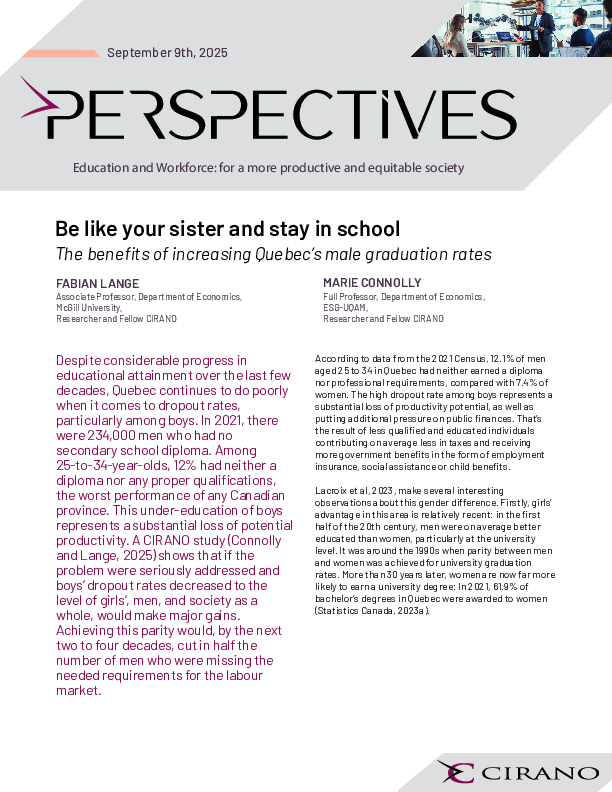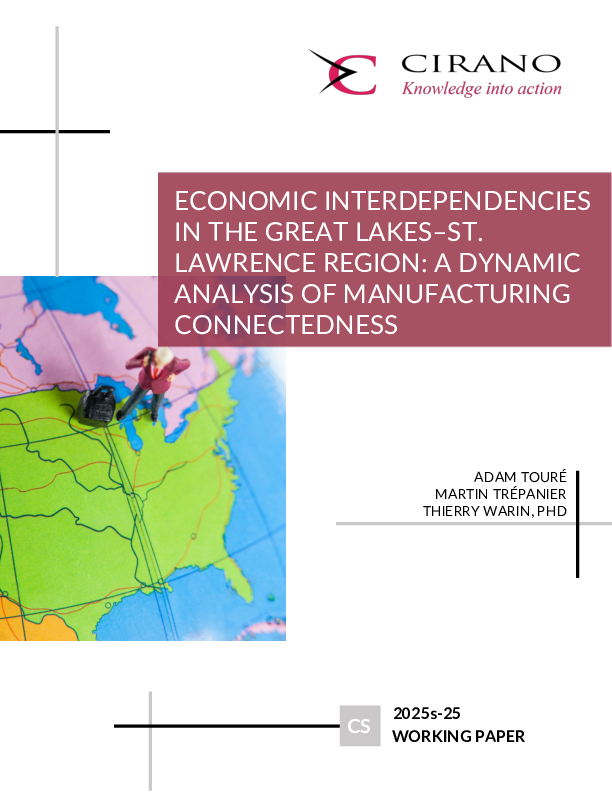Stratégies logistiques et matières dangereuses
ARGUMENTARY
Companies' logistics strategies include supply and distribution choices and material storage policy choices, made in an often complex regulatory context, with multiple levels of government and, most of the time, a large number of stakeholders.
To improve their profitability, companies are constantly seeking to maximize the efficiency of their supply chains. Those working with hazardous materials have an additional challenge: they must take into account the potential risks of these substances to workers, the public and the environment at each link in their chain. They must therefore integrate risk management into their logistics and operational decision-making processes. As the Lac-Mégantic tragedy in Quebec, which occurred on July 6, 2013, painfully reminds us in terms of risk management related to hazardous materials, even the most improbable catastrophic scenarios can occur.
TARGET
The purpose of this book is to provide stakeholders in the field (transporters, producers, planners, legislators) as well as individuals who wish to learn more about hazardous materials issues with a set of essential information. The various chapters include, on the one hand, first-hand data and, on the other hand, a reflection on the various aspects of logistics strategies and the risks associated with the storage, handling and transport of hazardous materials.
To buy the book, click "here"




